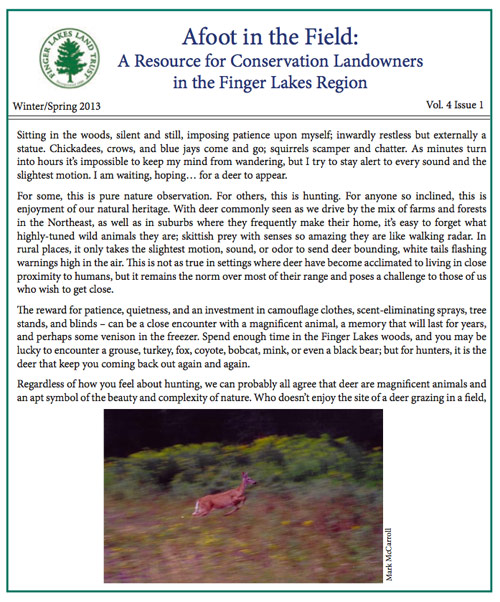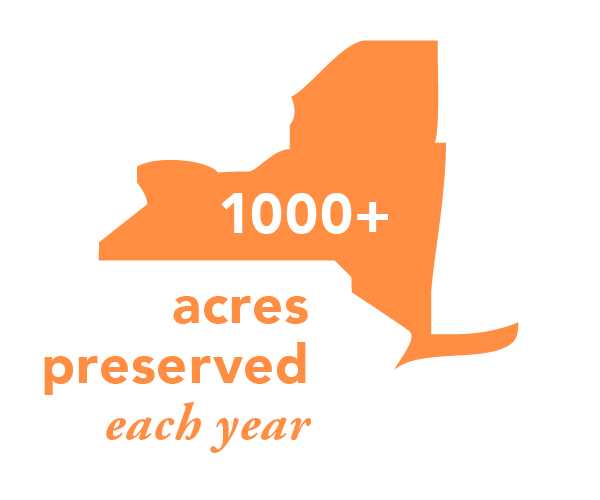Download: Afoot in the Field, Volume 4, Issue 1 (PDF)
Published Winter-Spring 2013
From the Introduction:
Sitting in the woods, silent and still, imposing patience upon myself; inwardly restless but externally a statue. Chickadees, crows, and blue jays come and go; squirrels scamper and chatter. As minutes turn into hours it’s impossible to keep my mind from wandering, but I try to stay alert to every sound and the slightest motion. I am waiting, hoping… for a deer to appear.
For some, this is pure nature observation. For others, this is hunting. For anyone so inclined, this is enjoyment of our natural heritage. With deer commonly seen as we drive by the mix of farms and forests in the Northeast, as well as in suburbs where they frequently make their home, it’s easy to forget what highly-tuned wild animals they are; skittish prey with senses so amazing they are like walking radar. In rural places, it only takes the slightest motion, sound, or odor to send deer bounding, white tails flashing warnings high in the air. This is not as true in settings where deer have become acclimated to living in close proximity to humans, but it remains the norm over most of their range and poses a challenge to those of us who wish to get close.
The reward for patience, quietness, and an investment in camouflage clothes, scent-eliminating sprays, tree stands, and blinds – can be a close encounter with a magnificent animal, a memory that will last for years, and perhaps some venison in the freezer. Spend enough time in the Finger Lakes woods, and you may be lucky to encounter a grouse, turkey, fox, coyote, bobcat, mink, or even a black bear; but for hunters, it is the deer that keep you coming back out again and again…
Download: Afoot in the Field, Volume 4, Issue 1 (PDF)
You can download Afoot in the Field, our biannual stewardship pamphlet for landowners, in PDF format. See all issues here.


